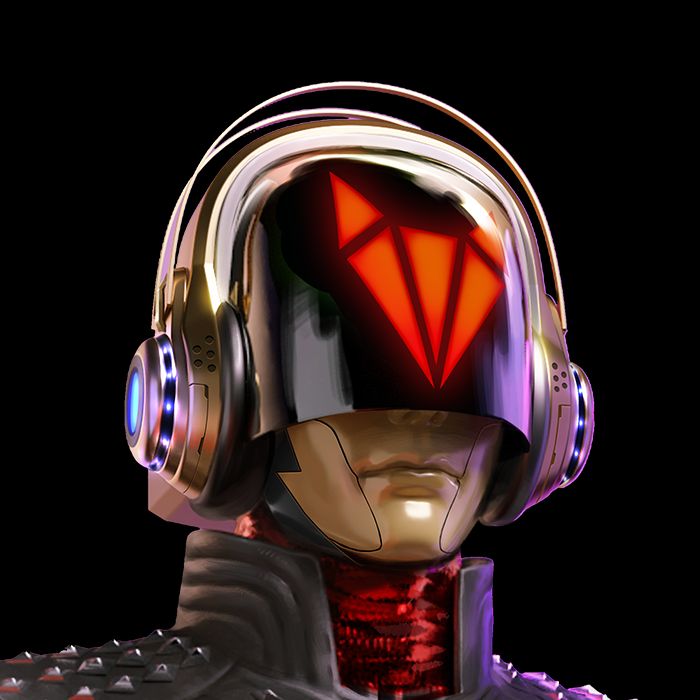10 Best No-Code NFT Avatar Creators
Mar 11, 2022

RFOX is a metaverse company with a mission to be the global leader in immersive metaverse experiences.
RFOX is a metaverse company with a mission to be the global leader in immersive metaverse experiences.